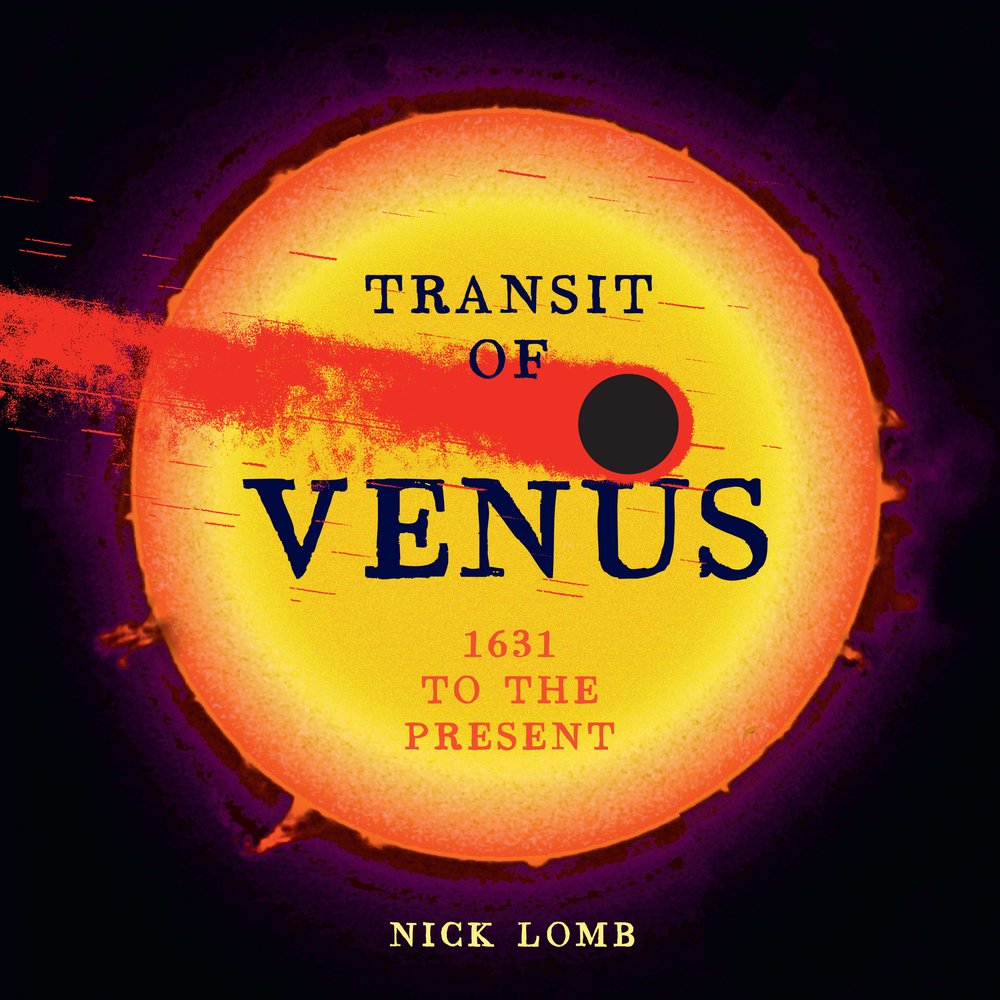Every so often, the planet Venus does something remarkable. Its orbit brings it to a point directly between the Sun and the Earth, where it appears to us as a black dot moving across the bright disc of the Sun. This transit of Venus is rare, occurring in pairs eight years apart and then not for more than a hundred years; it has fascinated astronomers for centuries.
Many people will recall the excitement of the transit of Venus on 8 June 2004, the first transit since 1882. Seeing Venus in front of the Sun for the first time in our lifetimes was a powerful experience, helping us to connect with the history and significance of this rare event, although viewing the 2004 transit was far easier than it had been for the adventurous astronomers of previous centuries.
The second of the pair of 21st-century transits of Venus is fast approaching. This transit, the last until the year 2117, will take place on 5 or 6 June 2012 (depending on your location) and people on most continents will have the opportunity to see all or at least part of the event.
During the 18th and 19th centuries, astronomers and explorers set out on long and dangerous journeys to faraway places in order to observe this prized celestial event, often enduring great hardships along the way. Famously, the English explorer Lieutenant James Cook sailed to Tahiti for the transit of 3 June 1769, a voyage that led to his mapping the whole of New Zealand and the east coast of Australia and claiming these lands for the British Crown.
The attempts to observe those transits of past centuries were some of the earliest scientific expeditions. They led, for the first time, to international cooperation between scientists in planning and assisting observations, even in some cases while their countries of origin were at war.
Why all the fuss?
During a transit, Venus can come as close as 38 million kilometres to Earth, closer than any other planet. What’s more, at those times the planet is clearly visible in silhouette, with the Sun’s bright surface providing a sort of ruler or protractor to allow measurement of the very small angles involved in the distance determinations.
Astronomers from many places, supported by their countries mainly for reasons of national prestige, eagerly observed the transits of 1761, 1769 and 1874 and, with somewhat diminished enthusiasm, the transit of 1882. The results of their huge efforts pinned down the value of the Sun’s distance to within a few million kilometres of the present-day accepted value.
One of the best-known comments about the transit of Venus was made in August 1882 by US Naval Observatory astronomer William Harkness, who observed the 1874 transit from Hobart, Australia. As we approach the 2012 transit of Venus, we too might like to think about what the world will be like for our descendants when the next transit takes place in the northern winter and southern summer of 2117.
'Transits of Venus usually occur in pairs; the two transits of a pair being separated by only eight years, but between the nearest transits of consecutive pairs more than a century elapses. We are now on the eve of the second transit of a pair, after which there will be no other till the twenty-first century of our era. When the last transit season occurred the intellectual world was awakening from the slumber of ages, and that wondrous scientific activity which has led to our present advanced knowledge was just beginning. What will be the state of science when the next transit season arrives God only knows. Not even our children’s children will live to take part in the astronomy of that day. As for ourselves, we have to do with the present ...'
This is an edited excerpt from Transit of Venus: 1631 to the present by Nick Lomb, published by NewSouth in partnership with Powerhouse Museum.

